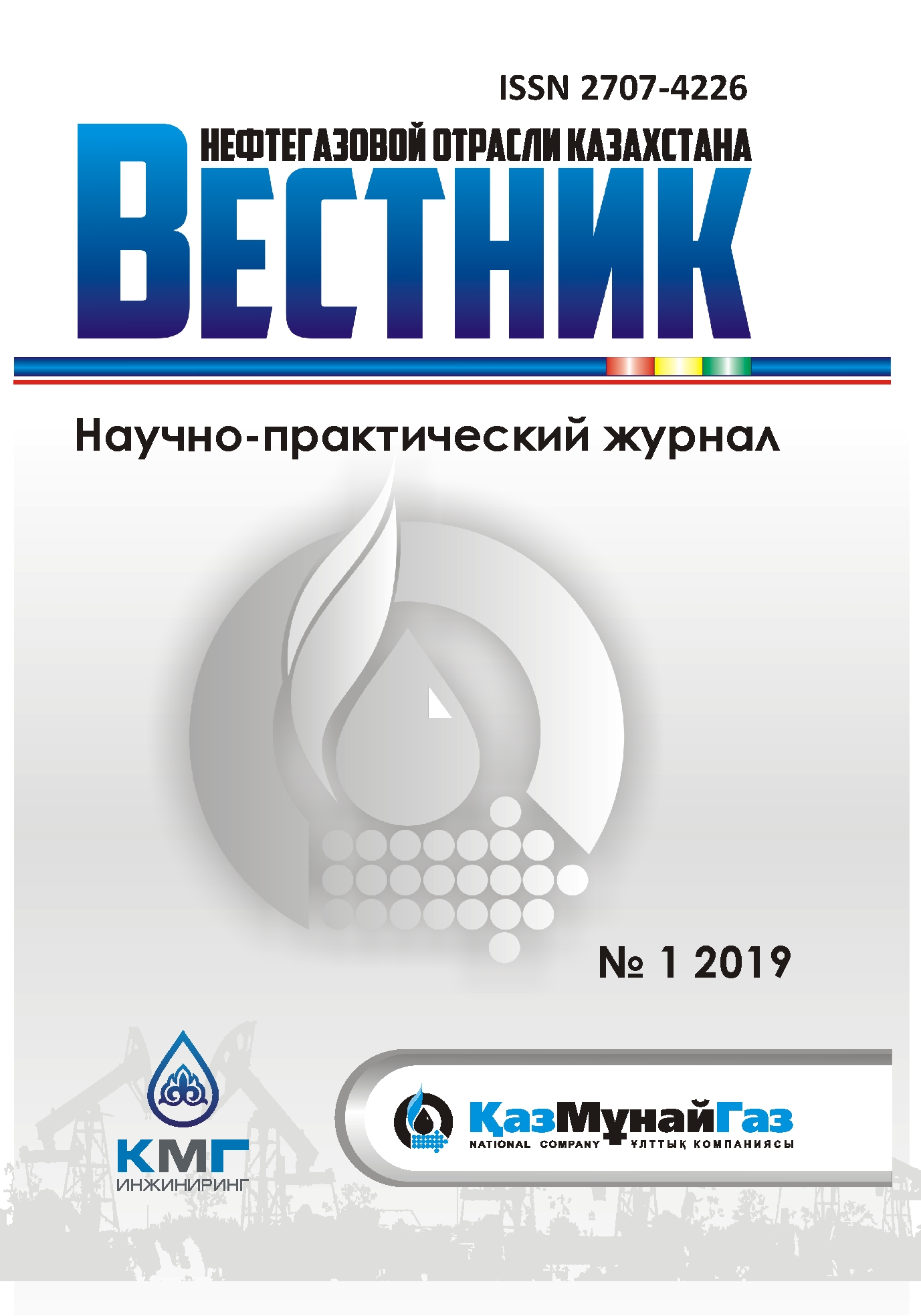Технико-экономическая оценка эффективности применения полимерного заводнения на месторождении тяжелой нефти
- Авторы: Сагындиков М.С.1, Аглешов Р.М.1, Салиев Н.Б.2, Пангереева Ш.С.3, Фен Ю.4
-
Учреждения:
- Филиал ТОО «КМГ Инжиниринг» «КазНИПИмунайгаз»
- ТОО «КМГ Инжиниринг»
- АО «Озенмунайгаз»
- АО «Каражанбасмунай»
- Выпуск: Том 1, № 1 (2019)
- Страницы: 55-70
- Раздел: Статьи
- URL: https://vestnik-ngo.kz/2707-4226/article/view/95542
- DOI: https://doi.org/10.54859/kjogi95542
- ID: 95542
Цитировать
Полный текст
Аннотация
В данной статье проведена технико-экономическая оценка эффективности применения технологии полимерного заводнения на месторождении «К». Представленное месторождение характеризуется высокой вязкостью пластовой нефти, обводненностью и динамической неоднородностью пласта. Мировой опыт применения полимерного заводнения (далее – ПЗ) на месторождениях-аналогах показывает высокую технологическую эффективность. Результаты экспериментальных исcледований и гидродинамического моделирования процесса полимерного заводнения показывают высокую технико-экономическую эффективность и дают основание к опытно-промысловому испытанию.
Об авторах
Марат Серикович Сагындиков
Филиал ТОО «КМГ Инжиниринг» «КазНИПИмунайгаз»
Автор, ответственный за переписку.
Email: sagyndikov_M@kaznipi.kz
заместитель директора департамента повышения нефтеотдачи пластов и перспективных проектов
Казахстан, г. АктауРуслан Маратович Аглешов
Филиал ТОО «КМГ Инжиниринг» «КазНИПИмунайгаз»
Email: agleshov_R@kaznipi.kz
первый заместитель директора филиала по добыче
Казахстан, г. АктауНурлан Бакитжанович Салиев
ТОО «КМГ Инжиниринг»
Email: n.saliyev@niikmg.kz
директор департамента промысловой геологии и геологического моделирования
Казахстан, г. Нур-СултанШолпан Серикбаевна Пангереева
АО «Озенмунайгаз»
Email: n.saliyev@niikmg.kz
заместитель генерального директора по геологии и разработке
Казахстан, г. ЖанаозенЮкуй Фен
АО «Каражанбасмунай»
Email: n.saliyev@niikmg.kz
заместитель генерального директора по геологии
Казахстан, г. АктауСписок литературы
- Delamaide E., Tabary R., Renard G., Dwyer P. Field Scale Polymer Flooding of Heavy Oil: the Pelican Lake Story. – 21-st World Petroleum Congress, Moscow, Russia, 2014.
- Delamaide E., Zaitoun A., Renard G., Tabary R. Pelican lake Field: First successful application of polymer flooding in heavy oil reservoir. – SPE Reservoir Evaluation & Engineering, 17(3), 2014, p. 340-354.
- Moe Soe Let K.P., Manichand R.N., Seright R.S. Polymer flooding a 500-cp oil. – SPE Improved Oil Recovery Symposium, 14-18 April 2012, Tulsa, Oklahoma, USA. SPE-154567-MS.
- Manichand R., Mogollon J.L., Bergwijn S., Graanoogst F., Ramdajal R. Preliminary assessment of Tambaredjo heavy oilfield polymer flooding pilot test. – SPE Latin American and Caribbean Petroleum Engineering Conference, 1-3 December 2010, Lima, Peru, SPE-138728-MS.
- Zhou W., Zhang J., Han M., Xiang W., Feng G., Jiang W. Application of hydrophobically associating water-soluble polymer for polymer flooding in China offshore heavy oilfield. – International Petroleum Technology Conference, 4-6 December 2007, Dubai, U.A.E, IPTC-11635 MS.
- Xiaodong K., Jian Zh. Offshore heavy oil polymer flooding test in JZW area. – SPE Heavy Oil Conference-Canada, 11-13 June 2013, Calgary, Alberta, Canada, SPE-165473-MS.
- Delamaide E. Polymer flooding of heavy oil – from screening to full-filed extension. – SPE Heavy and Extra Heavy Oil Conference: Latin America, 24-26 September 2014, Medellín, Colombia, SPE-171105-MS.
- Sheng J.J., Leonhardt B., Azri N. Status of polymer-flooding technology. – Journal of Canadian Petroleum Technology, v. 54, № 02, 2015, SPE-174541-PA.
- Wassmuth F.R., Green K., Hodgins L., Turta A.T. Polymer Flood technology for heavy oil recovery. – Canadian International Petroleum Conference, 12-14 June 2007, Calgary, Alberta, Canada, PETSOC-2007-182.
Дополнительные файлы








